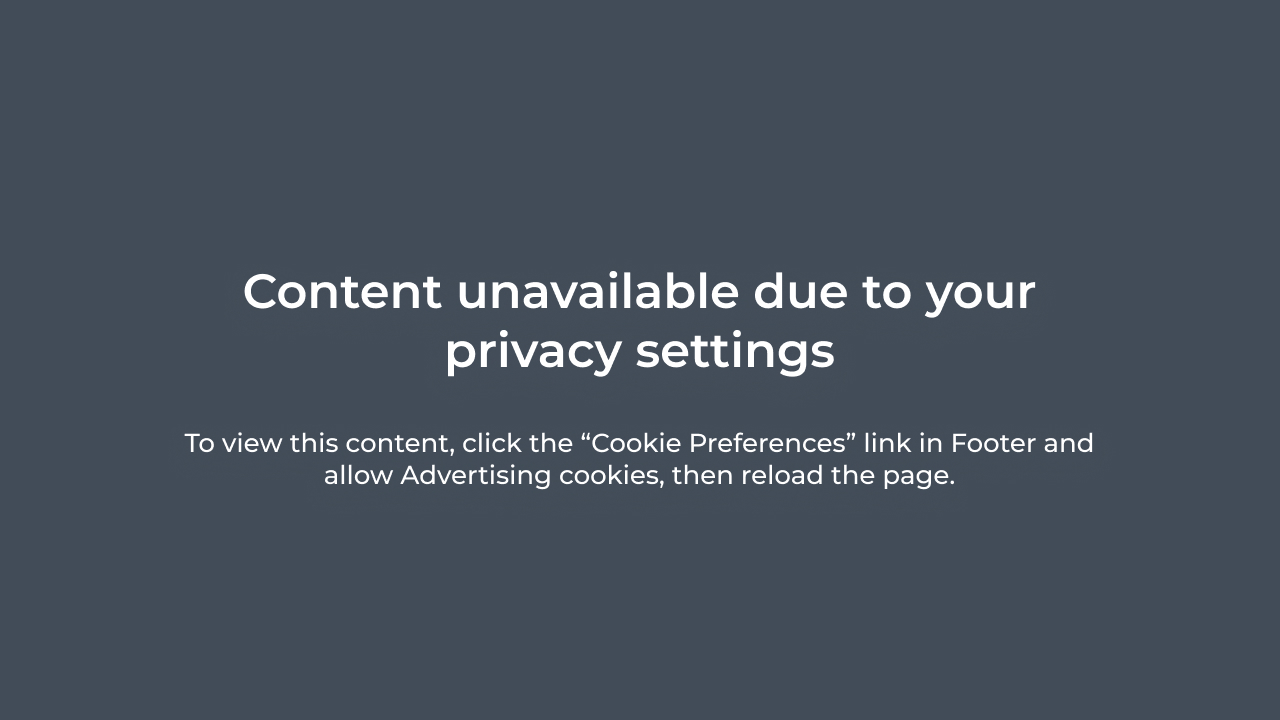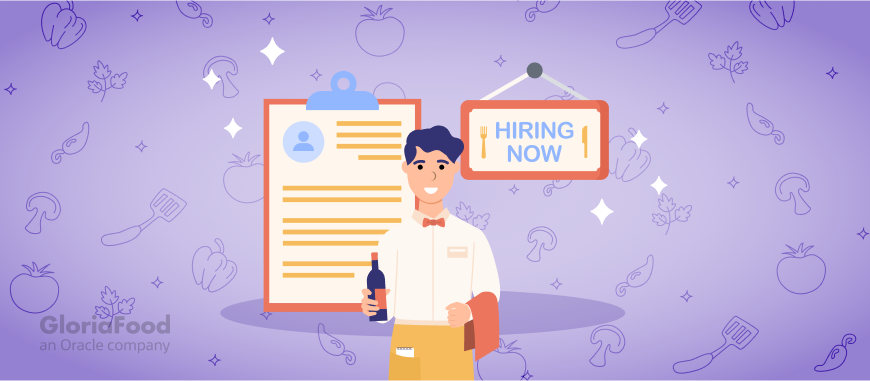The operational aspect of any restaurant is an integral part of its success. Serving good food and expanding your market only happens when you have streamlined day-to-day operations with the help of qualified workers. Unfortunately, restaurant staffing issues have been a rapidly rising issue long before the pandemic broke out. The COVID-19 outbreak only further enhanced its manifestations.
Businesses have gone through both permanent and temporary closures. Restaurants fortunate to get through the latter are facing difficulties in acquiring and retaining talent. The abrupt shift of consumer behavior following the strict social restrictions urged employees to change industries. So, with these issues at hand, what can a restaurateur do? Here are ten common restaurant staffing issues and how to overcome them.
Common Restaurant Staffing Issues & Their Solutions
Recruitment
Even before the Coronavirus, attracting new hires in the restaurant industry wasn’t easy. However, the current situation makes the market look even more volatile and less attractive to job hunters. Hence, you have to make your offer more competitive.
Compare yours with other companies and the industry standard. Apart from the salary, people are also looking for benefits. Consider including health insurance, paid leaves, and shift meals in your employment package. You can also urge your current staff to help find new hires by offering referral bonuses.
Limited Pool
Restaurants were once a hotspot for the younger demographic seeking employment. But lately, people under 24 years old are moving away from restaurant jobs. And the remaining restaurant workers within that age bracket are only 4 in 10.
This is known to be a prime age window for physical capability and work productivity. However, younger workers, particularly in their teenage years, have a higher tendency to hop between jobs. Hence, you can take advantage of the maturity of your older workers.
You can offer more benefits geared towards career stability and tenure. Recent fitness statistics also show that people are not doing enough for their bodies. So, you can also introduce health-centered programs to strengthen both their physical and mental well-being. Check Total Shape for easy tips to keep your staff healthy and kicking.
Retention
The turnover rate for the restaurant industry is known to be higher than most of the private sector, reaching an all-time high of 75% post-recession. Hence, restaurateurs are struggling to sustain adequate staff.
In desperate need of labor, some establishments resort to either undependable or under-qualified hires. In times where the workforce is scarce, focus on the people you have and aim for retention.
Recognize potential when you see it. Additionally, provide comprehensive mentoring programs that allow room for growth and immersion in company values. When you have to seek new hires, employ people who show genuine interest in building a career with your brand.
Related: 5 Ways to Make Your Restaurant Employee Scheduling Easier
Onboarding
Hiring new employees is a more expensive route compared to bumping up your current employee compensation. That’s why if getting new talents can’t be helped, you have to make sure they are well-integrated into the team.
Inadequate training directly leads to poor job performance. However, a comprehensive onboarding does not always equate to a lengthy one. Hence, simplify the process to save time and funds.
An effective in-house trainer can also make a difference in your onboarding process. Older employees can also help mentor and train new hires. Naturally, you have to compensate them for the additional work.
Administrative Work
Apart from food preparation and client-facing work, administrative work makes up for a big chunk of your employees’ time. It includes tasks such as projecting the number of customers and deliveries and determining items that sell and don’t.
When your business starts to grow, it is easy to get overwhelmed by these tasks, especially if you’re doing it alone. Some of these responsibilities may even be out of your expertise. Hence, recognize the need for help in such cases.
You can hire an accountant to keep your finances in check. If you need a hand in structuring the team, you can get another experienced manager to assist you. Paying them may cost you, but the streamlined process will soon outweigh the “loss.”
Download our Restaurant Maintenance Checklist Template to make it easy to keep track of some of your administrative tasks.
Communication
Like in any workplace, teamwork is essential to make the system efficient. In the restaurant business, building an amicable relationship with your customers will heighten the chances of their loyalty.
But just as important is a clear line of communication between the management and the staff. As a manager, you should never make them feel inferior and dispensable. Give your workers agency by allowing them to speak up for themselves.
You might also like: 12 Restaurant Management Tips for Happy Employees & a Successful Business
Effective communication is also integral between the staff themselves, especially in times of conflict. Keep them in check always to detect possible lapses in their teamwork.
Lack of motivation
Work can be both physically and psychologically taxing to your workers. It can lead to demotivation and, eventually, subpar quality of work. If there is a recurring culture of unmotivated workers, conduct an open forum between you and your restaurant staff to heed their problems.
A warm and passionate approach during working hours can go a long way. It breeds enthusiasm in doing a good job instead of them fearing the management. Recognize their hard work, and go as far as incentivizing or rewarding remarkable performances.
Workplace Safety
According to David Rowland, Head of Digital Marketing at Eco Online, “If you start with a safe and hazard-free environment, it makes it easier to prevent accidents and injuries. If you promote a positive safety culture, it makes it easier for everyone to understand the importance of staying safe.”
Accidents can happen in the kitchen, but less so with appropriate preventive measures. Include a sit-down discussion about workplace safety during your onboarding program. Keep your employees in check, ensuring they are in tiptop shape to work and avoid hurting others and themselves.
In line with the current pandemic, conduct regular testing and ensure health protocols are met. Your staff can also threaten their co-workers’ safety.
During working hours, always be on the lookout for signs of harassment within your team. Invest in a comprehensive gender and development program, including sexual harassment training.
Turning Digital
Rapid technological advancements coupled with the current state of society saw the rise of online services. Some of your restaurant staffing issues can be addressed by smart tools.
Restaurants with limited staffing can benefit from an online ordering system to help them streamline delivery since the market for dine-in has declined. However, those with staff numbers built around dining in can still find it hard to adjust.
Read more: Why you need to have a restaurant with online ordering [Plus a HOW-TO blueprint]
To avoid retrenching, you can opt to reassign tasks in line with this change and adequate training. You must also invest in the right equipment, such as a smartphone for order taking.
For dine-in, you can make the shift from a traditional menu to a QR code menu to make your servers’ job easier and keep both them and customers safe.

Financing
After things above considered, it all boils down to whether your restaurant can pay for more staff. Labor makes up for one of the most significant chunks of your operational costs. Apart from the general downtrend of restaurant profits, minimum wages are also starting to increase.
Hence, there is a need to cut losses and optimize costs. Concerning the previous point, you can turn to operational tools to streamline the process.
You can use a smart system that aggregates sales data for more accurate predictions. Using mobile scheduling applications can help employees schedule their shifts more efficiently. Additionally, a cloud-based system makes it more convenient for you to access and crosscheck scheduled labor and their corresponding compensation.
Conclusion
Restaurants are going through a tough time, and while the silver lining is now visible, they still have a long way to go. Restaurant staffing issues are among the most feared issues that have arisen following the pandemic. Tackle them using the tips and tricks above and try to keep an open mind to change.
This article is a guest post.
Read next:
